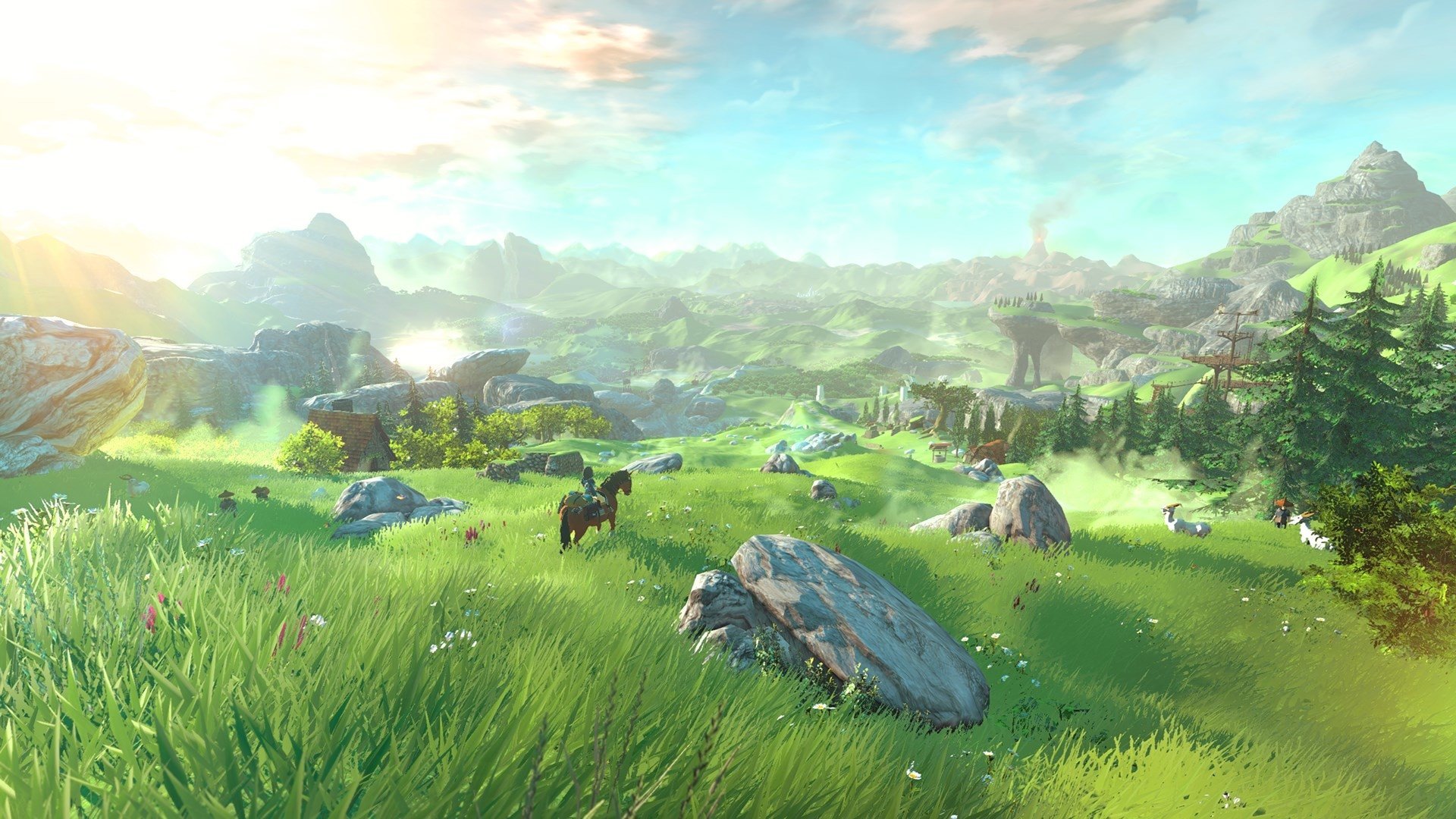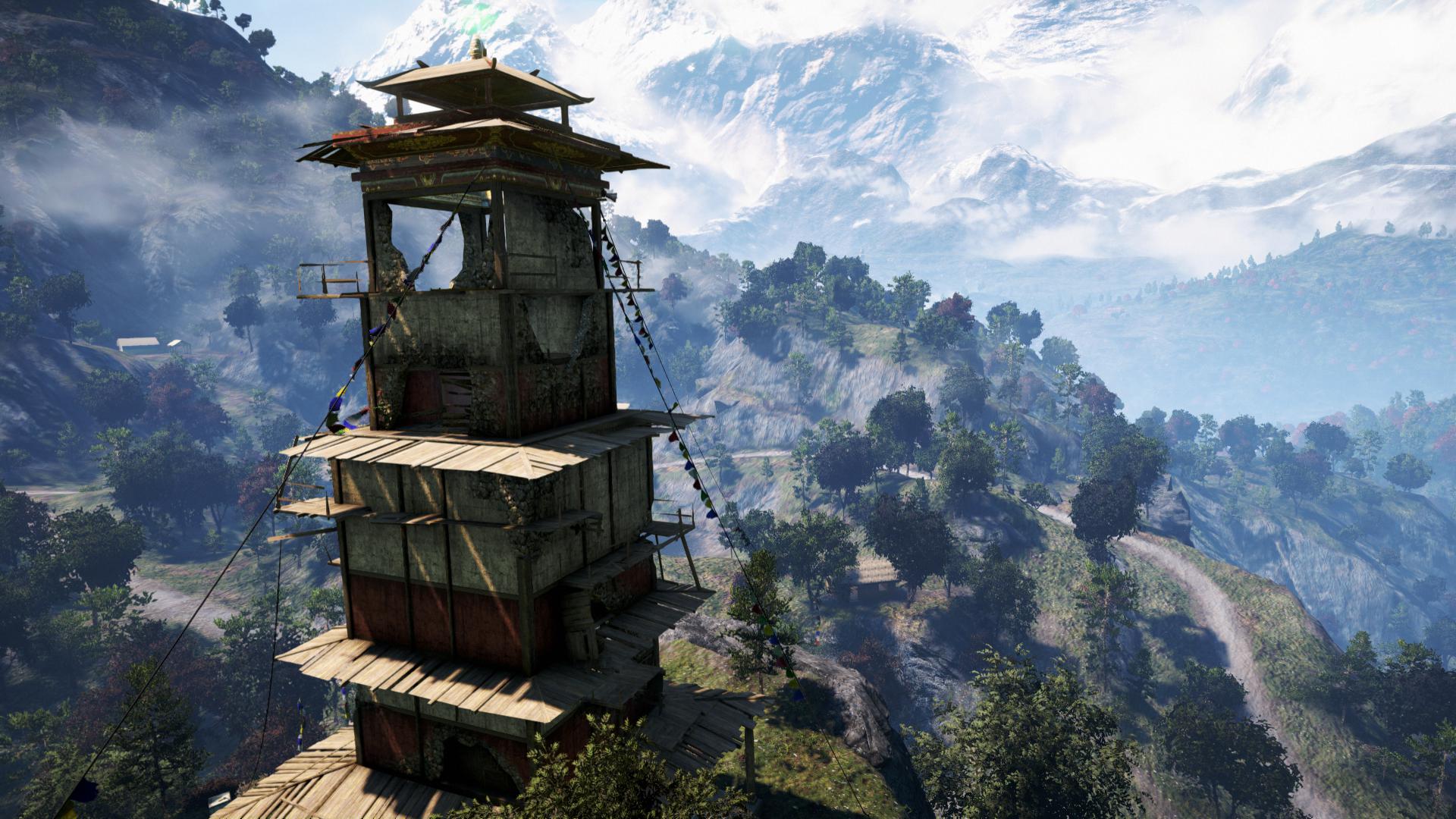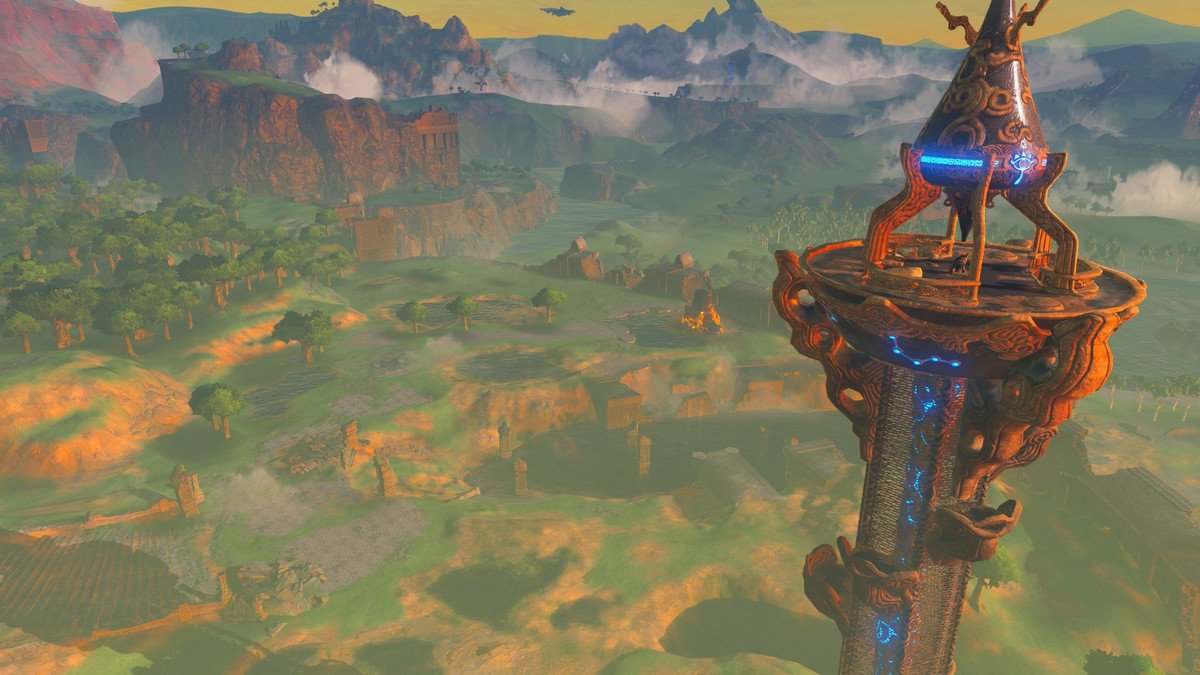3 design changes that would improve open world games
Here are three design changes that would improve the open world genre and create a better experience.

From The Elder Scrolls to Far Cry, the open world genre of video game has become a staple of the industry. Their wealth of content and expansive settings are attractive traits, after all.
Despite this, though, there are three things that most of these games do that hurt the open world formula more than help it. In this article, I aim to highlight what the flaws are and then show some solutions and examples where the changes have worked.
Reduce the number of fetch quests

Something common in open world games is the abundance of "fetch quests", or missions in which you get an item for someone and return it.
These aren't necessarily bad on their own. In fact, they can actually be quite fun if the journey to retrieve the object is interesting and engaging. However, the vast majority of fetch quests across these games are dull and repetitive. When fetch quests are like this, they serve no purpose other than to pad out the gameplay.
In order to solve this issue, developers should focus on making a wider variety of missions instead of the repeated use of fetch quests. Some kinds of missions could include bounty hunting, saving innocents from thieves, or even trying to solve a murder case. The possibilities are endless, so developers should explore that canvas more in the future.
Play music less often

Video games are often complimented by beautiful music, and this is as true for the open world genre as any other type of game. However, one thing that often bothers me about music in these titles is that it never stops playing. There's very rarely a moment of silence.
This may seem like a good thing, but I think that you lose the benefit of hearing the other sounds the game has to offer. Being able to experience birds chirping, grass ruffling, and wind blowing adds a type of immersion that a musical score can't achieve.
All the latest news, reviews, and guides for Windows and Xbox diehards.
A game that understood this and embraced it was Nintendo's Legend of Zelda: Breath of the Wild. Throughout this game, music was used sparingly, allowing for the natural sounds of the setting to shine.
Allow for the joys of discovery

Trying to discover all of the content in open world games is a big challenge, and a popular design decision to help players out with that is to climb tall vantage points in order for locations of things on the map to be revealed to the player.
This certainly makes it easier to discover what the setting has to offer, sure, but it also robs the player of the feeling of discovery. When everything is shown to you, the game feels less like an adventure and more like a checklist.

Breath of the Wild succeeds in this area as well. It does this by making the process of finding everything manual. There are towers to climb, but doing so doesn't show you everything; it simply gives you a useful vantage point in which you can scope out the landscape yourself.
This is important because it allows for us to embrace our curiosity. When everything isn't shown to us, we actively try and look for those things, and when we find them, it feels good because we did it. Our drive to explore was the reason that a secret was found, not an icon on a map.
Your thoughts
What do you think about these changes? Do you agree with me? If not, what changes would you make to the design of open world titles? Let me know in the comments.

Brendan Lowry is a Windows Central writer and Oakland University graduate with a burning passion for video games, of which he's been an avid fan since childhood. He's been writing for Team WC since the summer of 2017, and you'll find him doing news, editorials, reviews, and general coverage on everything gaming, Xbox, and Windows PC. His favorite game of all time is probably NieR: Automata, though Elden Ring, Fallout: New Vegas, and Team Fortress 2 are in the running, too. When he's not writing or gaming, there's a good chance he's either watching an interesting new movie or TV show or actually going outside for once. Follow him on X (Twitter).
